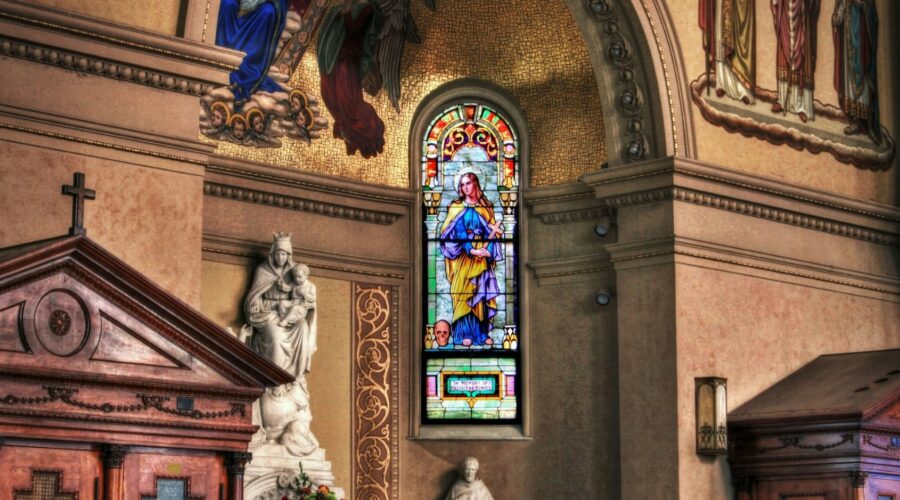Your cart is currently empty!
Unveiling the Eastern Orthodox Church: A Comprehensive Guide

Embark on a journey into the rich tapestry of the Eastern Orthodox Church, an ancient and vibrant faith that has shaped millions of lives for centuries. Let’s delve into its history, beliefs, practices, and significance in the Christian landscape.
The History of the Eastern Orthodox Church
The roots of the Eastern Orthodox Church can be traced back to the early days of Christianity in the Roman Empire. In 325 AD, the Council of Nicaea established the Nicene Creed, which defined the core beliefs of the Christian faith. However, over time, theological and political differences arose within the Church, leading to a gradual separation between the Eastern and Western branches.
The Great Schism of 1054 officially marked the split between the Eastern Orthodox and Roman Catholic Churches. The Eastern Orthodox Church retained its distinct liturgical practices, ecclesiastical traditions, and theological perspectives, becoming an independent entity within Christianity.
Beliefs of the Eastern Orthodox Church
Eastern Orthodoxy adheres to the teachings of the early Church Fathers and recognizes the authority of the seven Ecumenical Councils held between the 4th and 8th centuries.
- The Trinity: The belief in the three-part nature of God: Father, Son (Jesus Christ), and Holy Spirit.
- The Incarnation: The belief that Jesus Christ is both fully God and fully human, having come to earth as the savior of humanity.
- Salvation: The belief that salvation is achieved through faith in Jesus Christ, repentance of sins, and participation in the Church’s sacraments.
- The Holy Spirit: The belief in the Holy Spirit as the third person of the Trinity, who indwells and guides the Church.
- The Bible and Tradition: The belief that the Bible is the authoritative word of God and that Church Tradition provides a living interpretation and application of its teachings.
Practices of the Eastern Orthodox Church
Eastern Orthodox worship is characterized by its rich symbolism, beautiful iconography, and elaborate liturgy.
Liturgy:
The Divine Liturgy, also known as the Eucharist, is the central act of worship. It is a sacramental meal that commemorates the Last Supper of Jesus Christ and the sacrifice of His body and blood for the salvation of humanity.
Sacraments:
The Eastern Orthodox Church recognizes seven sacraments: Baptism, Chrismation (Confirmation), Eucharist, Penance, Unction, Marriage, and Holy Orders (Ordination).
Prayer and Fasting:
Prayer is an essential part of Eastern Orthodox practice. Daily prayer includes morning and evening prayers, as well as specific prayers for different occasions. Fasting is also observed at various times throughout the liturgical year.
Iconography:
Icons, or sacred images, play a significant role in Eastern Orthodox worship. They depict biblical figures, saints, and events, and serve as windows into the heavenly realm.
Significance of the Eastern Orthodox Church
The Eastern Orthodox Church has had a profound impact on Christian thought and practice for over 2,000 years. It has:
- Preserved the ancient traditions of the early Church.
- Inspired the creation of beautiful and enduring works of art and architecture.
- Influenced the development of Eastern European and Balkan cultures.
- Provided a spiritual home for millions of believers worldwide.
- Engaged in interfaith dialogue and contributed to ecumenical efforts.
Conclusion
The Eastern Orthodox Church is a vibrant and enduring tradition within Christianity. Its rich history, distinctive beliefs, and unique practices have shaped the spiritual lives of countless people. By understanding its origins, doctrines, and practices, we gain a deeper appreciation for the diversity and depth of the Christian faith.